Bagpipe Tribute [ENG-PT/BR]
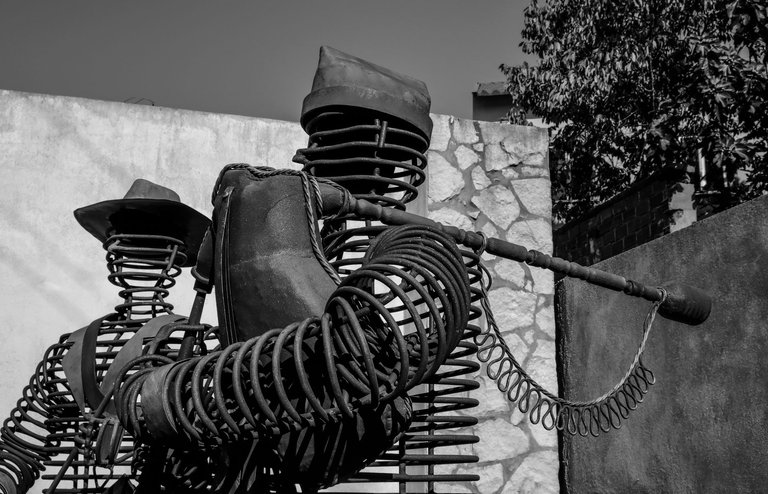
My entry in the #monomad contest is a tribute to a musical instrument that I love very much, the bagpipe.
I recently had the opportunity to attend a workshop on this instrument and I was so amazed that I want to share with you some curiosities and, of course, the selection of photographs I have prepared for this publication.
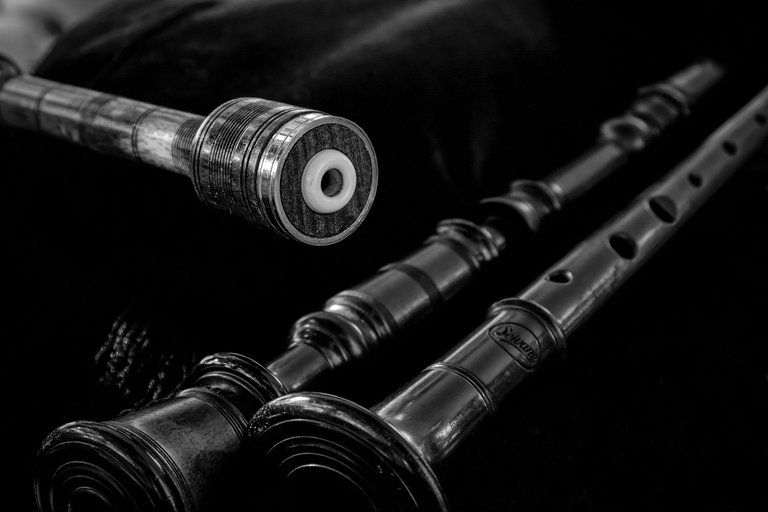
ORIGIN
Whenever we hear the sound of a bagpipe, we think of its origins in the Celts or the Scots. Wrong! In fact, in the healthy competition between the countries that make up Great Britain, England had the bagpipe before its Scottish neighbors.
It is said that bagpipes were played in Ancient Egypt and the Roman Empire. The debate about the origins of the instrument is controversial. It is argued by different theories.
The first records of different models of the bagpipe date back to the mid-Middle Ages, through sculptures, paintings, engravings and texts. This instrument has spread to different continents, countries and regions and has different characteristics.
In Portugal there are reports and iconographies that attest to the presence of this instrument since the foundation of the nationality, in the 12th century, in the regions of Alentejo and Algarve.
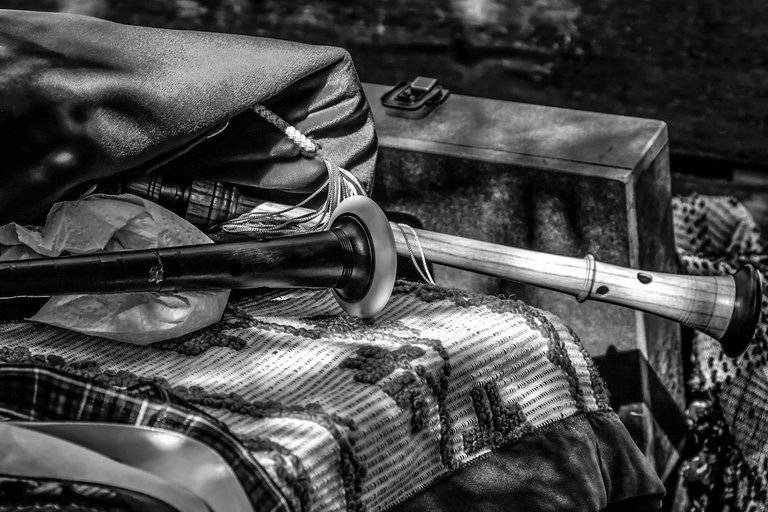
WHAT IS A BAGPIPE?
According to the source “Instrumentos Musicais Populares Portugueses de Ernesto Veiga de Oliveira”, *the bagpipe used in Portugal consists of a bag of air (the bellows) to which two tubes are connected to produce sound and a segment of tube through which the piper periodically fills the bag with air.
The air is sent to the tubes when the player presses the bag with his arm. The pipes used to produce sound are the bordão or roncão and the ponteiro. The embouchure has a simple reed at the end and, as it has no finger holes in the tube and is long, it only produces a low note.
The pointer also has a reed, but a double one, and its tube, with 8 finger holes, allows the melody to be produced. Gaita de Fole is used in the regions of Trás os Montes, Minho, Alentejo Beira Litoral, Estremadura and Ribatejo.*
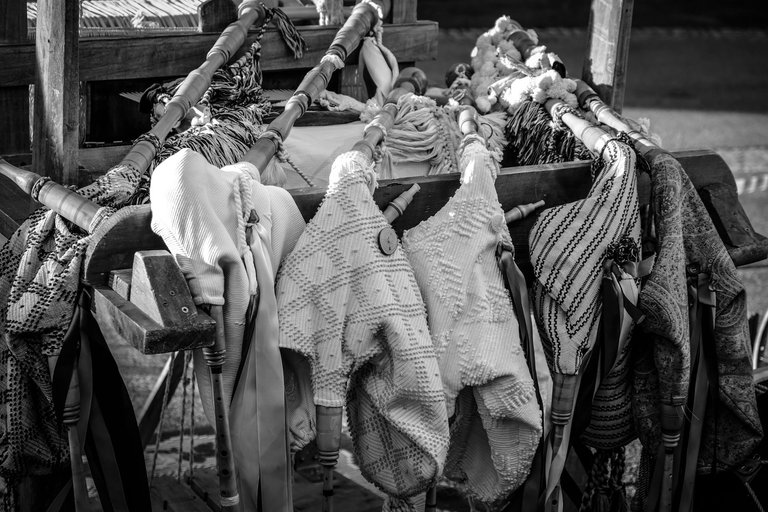
The looms where the weavers make the characteristic bagpipes of the Coimbra region.
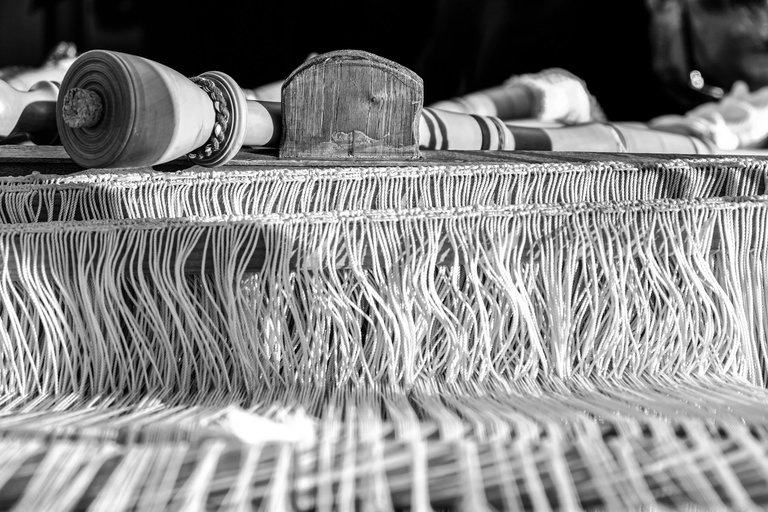
CUSIOSITIES
This is an instrument from the aerophone family: just like flutes, clarinets, trumpets and any other wind instrument. Special feature: the Bagpipe is the only instrument that doesn't need to be blown all the time, as it has air accumulated in the bellows.
War instrument:
Although it didn't originate in Scotland, as I mentioned earlier, it has a fervent tradition there. In 1746, the Battle of Culloden took place, a brutal confrontation north of Inverness in Scotland.
The loss of the Jacobites, led by Charles Edward Stuart, against the British government, resulted in the trial for treason of those who turned out to be rebels and unfaithful to the Scottish Crown. Among them was a piper, James Reid, who accompanied the rebel troops during the battle. He tried to plead not guilty, claiming that he was not carrying any weapons during the battle, only his bagpipes.
However, the accusers, a commission set up to try treason cases, argued that the Highland regiments “never marched without a piper; and therefore the bagpipe, under the Law, was an instrument of war”. For this, James Reid was found guilty of treason and hanged in 1746.
This was the first time that a musical instrument was considered a weapon of war. For a hundred years, and since then, bagpipes seized in conflicts have been listed as weapons, ammunition, rifles and sabres.
- The only instrument played at funerals: characteristic of the Celtic people.
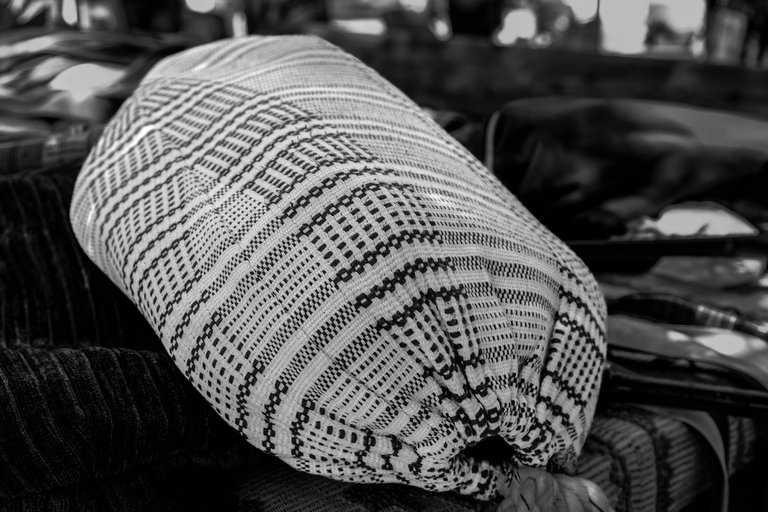
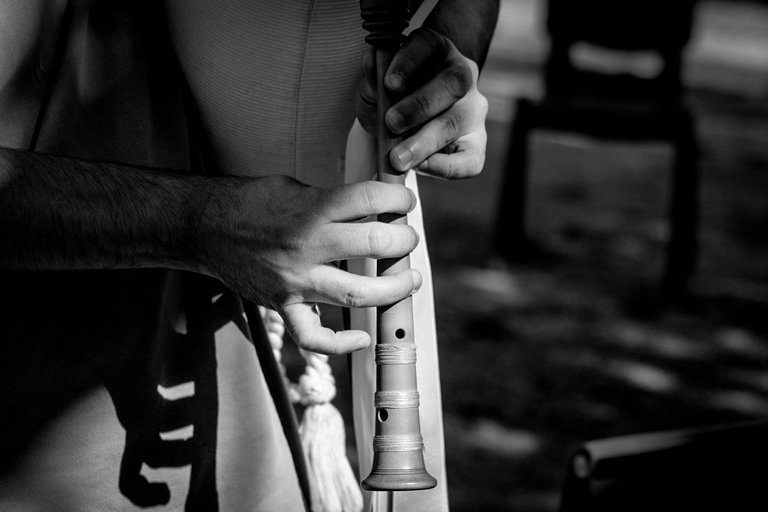
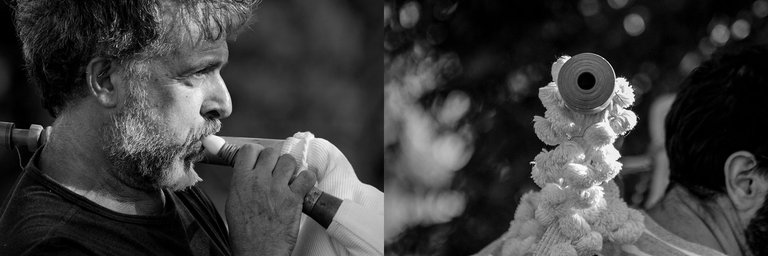
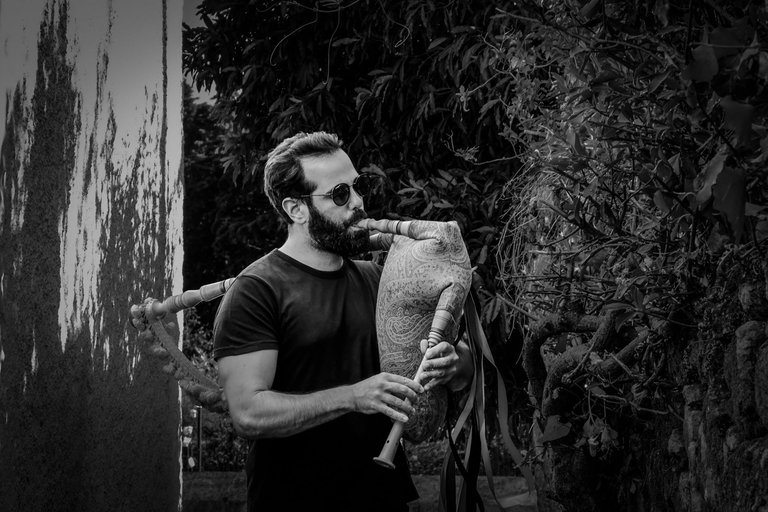
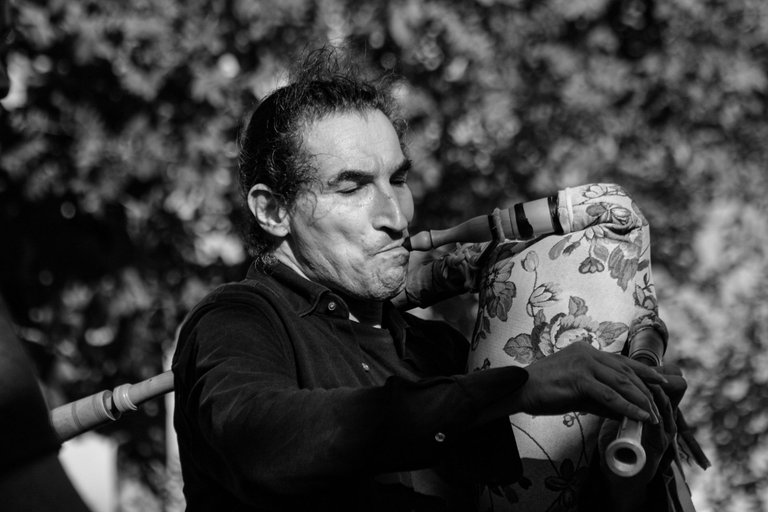
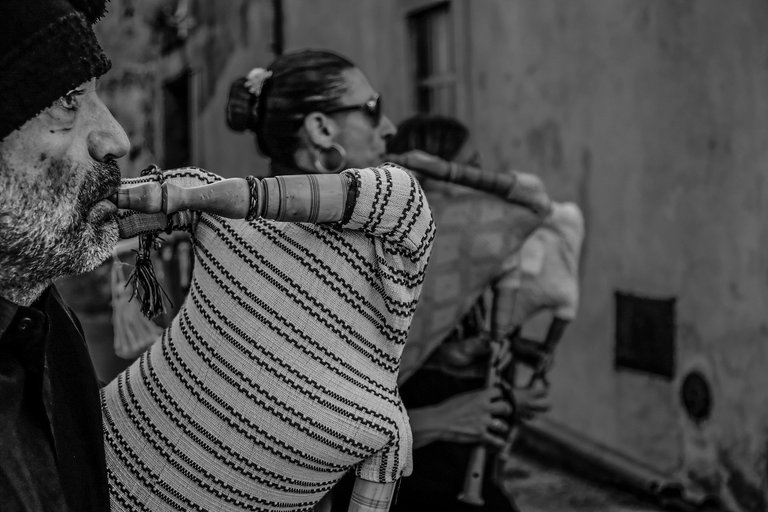
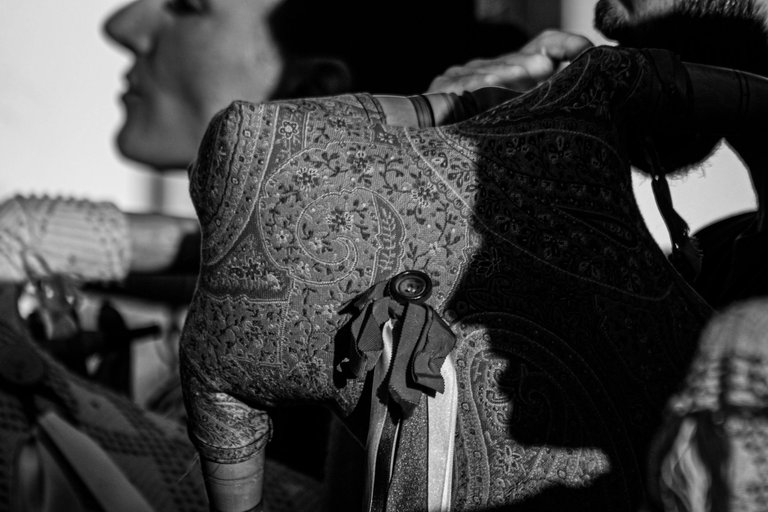
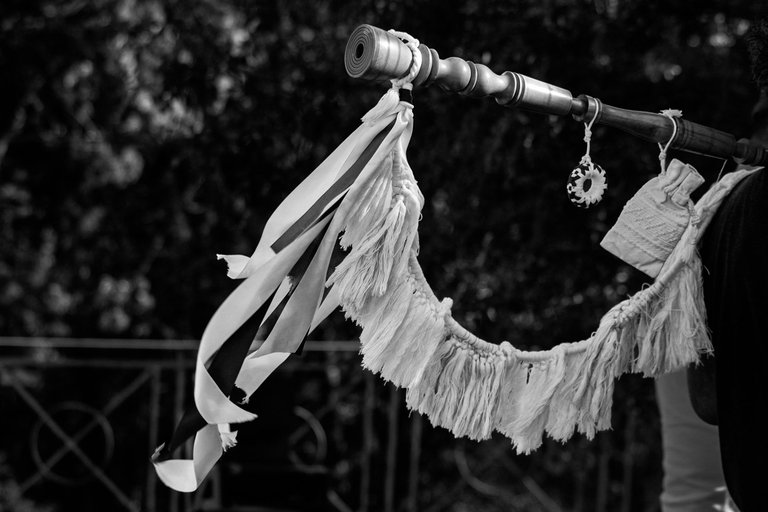
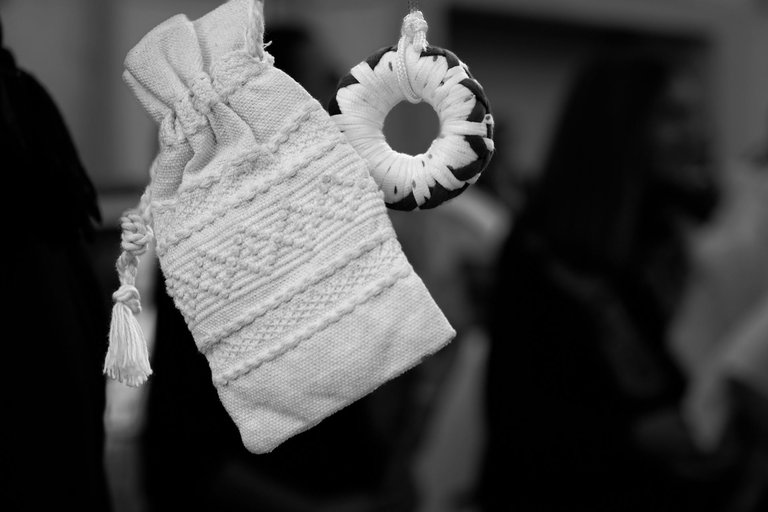
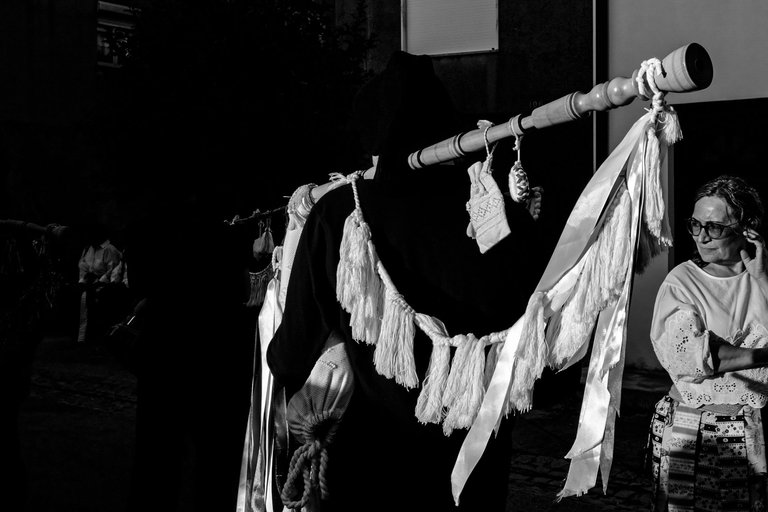
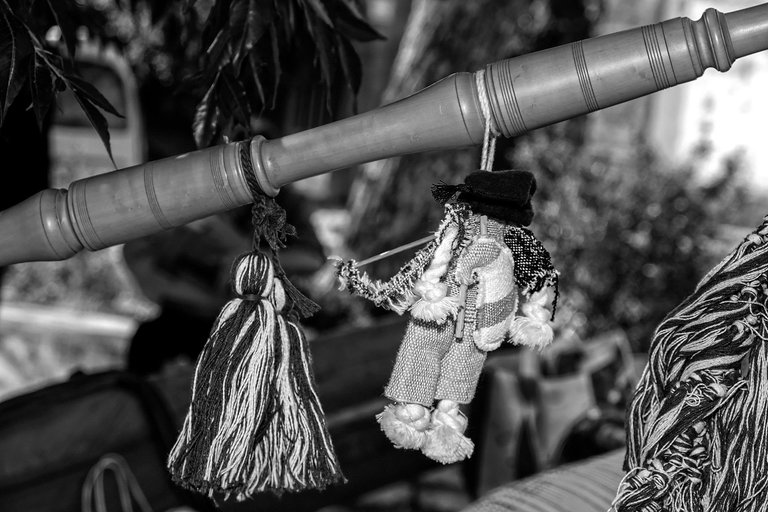
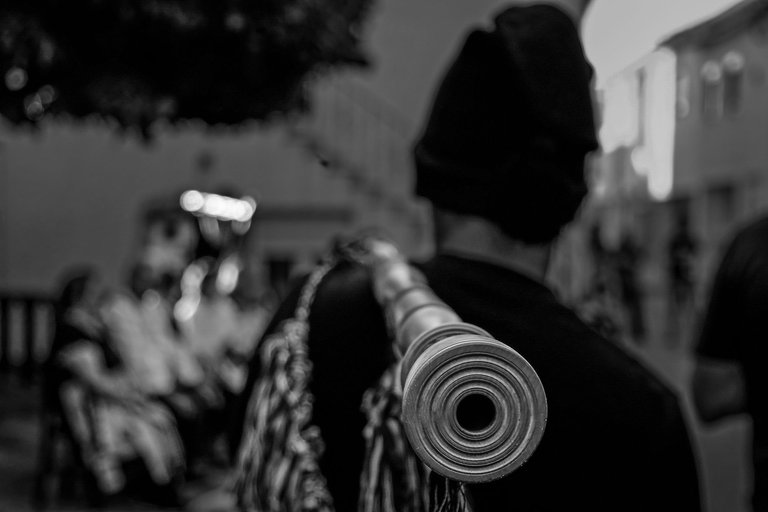
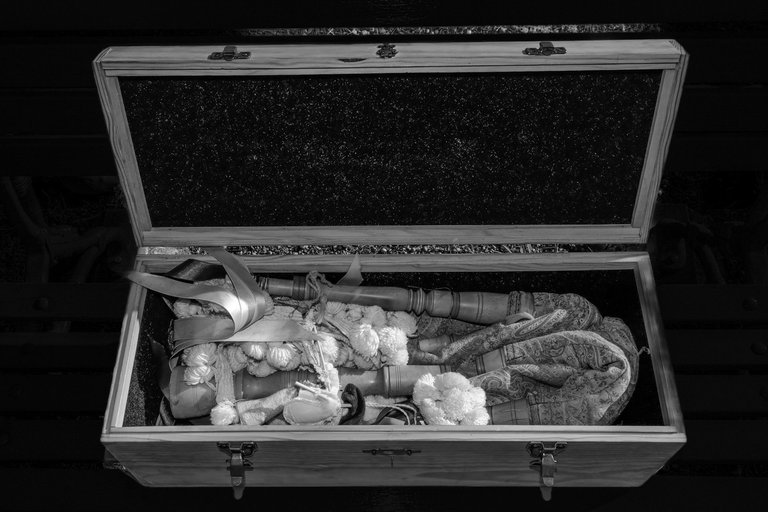

EXTRA
It's not usual for posts in this community to have music videos. I'm breaking the rule because I'm sure my friend @brumest won't get upset.
This is a song in which the bagpipes are of fundamental importance. This instrumental is powerful. It's called “A partida”. [I suggest you listen to it while looking at the photos]
The fusion of traditional music and rock has made this band a benchmark in Portuguese music. Their name is Sétima Legião.
The fact that the photographs on this album ("A um Deus Desconhecido" - Eng: To an Unknown God) are in black and white also helps to authenticate the purpose 😀
🇵🇹 🇧🇷
! [PORTUGUESE VERSION]
Tributo à Gaita de Fole
Esta minha participação no concurso #monomad é um tributo a um instrumento musical que gosto muito, a gaita de fole.
ᅠ
Recentemente tive a oportunidade de assistir a um workshop sobre este instrumento e fiquei tão maravilhado que quero partilhar com vocês algumas curiosidades e, óbvio, a seleção de fotografias que preparei para esta publicação.
ᅠ
ORIGEM
Sempre que ouvimos o som de uma gaita de fole remetemos a sua origem para os povos celtas ou os escoceses. Errado! Aliás, no despique saudável dos países que constituem a Grã-Bretanha, a Inglaterra teve antes a gaita de fole do que os visinhos da Escócia.
ᅠ
Consta que já no Antigo Egipto e no Império Romano tocavam gaita de fole. É polémica a discussão sobre as origens do instrumento. É argumentada por diferentes teorias.
ᅠ
Os primeiros registros de diferentes modelos da gaita de fole datam a partir de meados da Idade Média, por meio de esculturas, pinturas, gravuras e textos. Este instrumento implantou-se em diferentes continentes, países e regiões e têm características diferentes entre si.
ᅠ
Em Portugal há relatos e iconografias que atestam a presença deste instrumento desde a fundação da nacionalidade, século XII, nas regiões do Alentejo e Algarve.
ᅠ
O QUE É UMA GAITA DE FOLE?
Segundo a fonte “Instrumentos Musicais Populares Portugueses de Ernesto Veiga de Oliveira”, A Gaita de Fole usada em Portugal é composta por uma bolsa de ar (o fole) a que estão ligados dois tubos para produzir som e um segmento de tubo por onde o gaiteiro vai enchendo periodicamente a bolsa com ar.
ᅠ
O ar é enviado para os tubos quando o executante pressiona a bolsa com o braço. Os tubos destinados a produzir som são o bordão ou roncão e o ponteiro. O bordão tem uma palheta simples na sua extremidade e, não tendo no tubo orifícios para os dedos e sendo comprido, produz apenas uma nota grave.
ᅠ
O ponteiro tem também uma palheta, mas dupla, e o seu tubo, com 8 furos para os dedos, permite produzir a melodia. Gaita de Fole é utilizada nas regiões de Trás os Montes, Minho, Alentejo Beira Litoral, Estremadura e Ribatejo.
ᅠ
CUSIOSIDADES
É um instrumento da família dos aerofones. Tal como as flautas, clarinetes, trompetes e todos aqueles que sejam de sopro. Particularidade: a Gaita de Fole é o único instrumento que não precisa de estar sempre a ser soprado, pois tem ar acumulado no fole.
ᅠ
Instrumento de guerra.
Embora a sua origem não ser é Escócia, como informei anteriormente, é lá que assume uma tradição fervorosa. No ano 1746 aconteceu a Batalha de Culloden, um confronto brutal ao norte de Inverness, na Escócia.
ᅠ
A perda dos jacobitas, liderados por Charles Edward Stuart, contra o governo britânico, resultou no julgamento por traição daqueles que se revelaram rebeldes e infiéis à Coroa escocesa. ᅠ
ᅠ
Entre eles estava um gaiteiro, James Reid, que acompanhou as tropas rebeldes durante a batalha. Tentou declarar-se inocente, alegando que não transportava armas durante a batalha, apenas sua gaita de foles.
ᅠ
No entanto, os acusadores, uma comissão constituída para julgar casos de traição, defenderam que os regimentos das Terras Altas “nunca marcharam sem um flautista; e por isso a gaita de fole, à luz da Lei, era um instrumento de guerra”. Por isso, James Reid foi considerado culpado de traição e enforcado em 1746.
ᅠ
Essa foi a primeira vez que um instrumento musical foi considerado uma arma de guerra. Durante uma centena de anos, e desde essa data, as gaitas de fole apreendidas em conflitos passaram a ser listadas como armas, munições, fuzis e sabres.
ᅠ
EXTRA
Não é habitual as publicações nesta comunidade terem vídeos musicais. Quebro a regra por ter a certeza que o amigo @brumest não vai levar a mal.
ᅠ
Trata-se de uma música onde a gaita de fole adquire uma fundamental importância. Potente este instrumental. Chama-se “A partida”. [Sugiro que ouçam enquanto veem as fotografias]
ᅠ
A fusão entre a música tradicional e o Rock fizeram desta banda um referencia na música portuguesa. Seu nome: Sétima Legião.
ᅠ
O facto das fotografias deste álbum (A um Deus Desconhecido) serem a preto e branco também ajuda a autenticar o propósito.😀



Well, if you wake up tomorrow with a muted account you'll know why!
Kidding of course. There's nothing wrong with posting a video just like you did.
Great post by the way, full of interesting facts that I didn't know at all, and most of all, full of great photographs.
O meu velhote estaria neste momento com um sorriso de orelha a orelha, ao descobrir que em tempos os Alentejanos foram uns dos grandes mestres da gaita no nosso rectangulozinho à beira mar plantado!
When I break rules, I feel like they can be enforced and there will be no punishment.😂
I thought Trás-os-Montes, or my region of Coimbra, given the current tradition, would be the pioneers. But no, Arab influence meant that Alentejo and Algarve became the areas where bagpipes were first introduced.
Hey brother, my father passed away in 2019. He would have loved it because he also loved bagpipes. There's one thing I'm sure of: both yours and mine will be proud of our work. I appreciate the warm welcome I've received from your wonderful photography community.
I won't forget it.👏
Your reply is upvoted by @topcomment; a manual curation service that rewards meaningful and engaging comments.
More Info - Support us! - Reports - Discord Channel
Congratulations. Today's #monomad second place is yours.
Thank You very much for participating and for being part of the Black And White Community!
Once again, thank you for your work.👏
Obrigado por promover a Língua Portuguesa em suas postagens.
Vamos seguir fortalecendo a comunidade lusófona dentro da Hive.
Muito obrigado 🤝
Thanks to the @qurator team, especially @ewkaw 🤝
Impressive way to take advantage of all the elements available in each visual plane!.. Applause!
Many thanks to the @visualshots team, especially the excellent photographer @jlinaresp.👏 A reference in the photography shown at HIVE.🤝
I actually like the sound of the bagpipe, if done well and within the right context. !BBH
Acceptable.
https://www.reddit.com/r/bagpipes/comments/1mi5l8q/bagpipe_tribute/
This post has been shared on Reddit by @cryptoreforma through the HivePosh initiative.
What a fantastic and informative post! 💖 I had no idea that the bagpipe's history was so complex... It's fascinating to learn about the story of James Reid being tried for treason for carrying this musical instrument, which was considered a weapon of war. It's so cool how you've combined your photography with such an interesting historical deep-dive 🙌
Thanks a lot
@cryptoreforma, I paid out 1.156 HIVE and 0.258 HBD to reward 7 comments in this discussion thread.